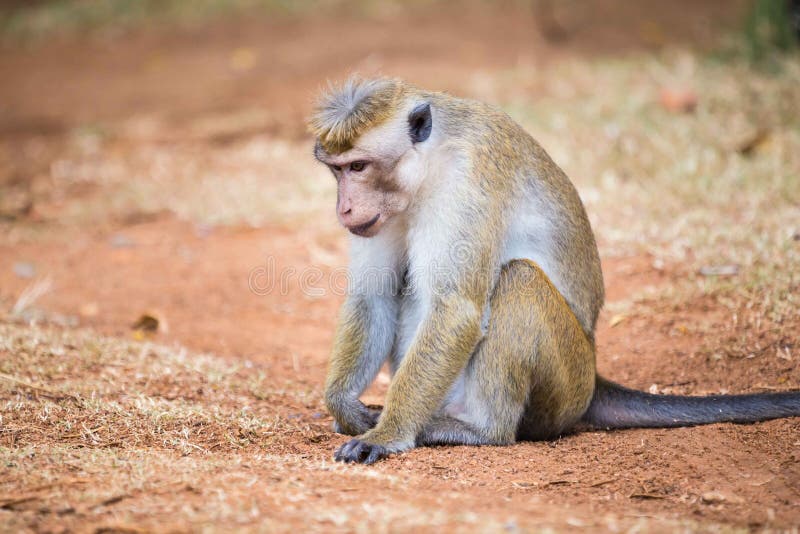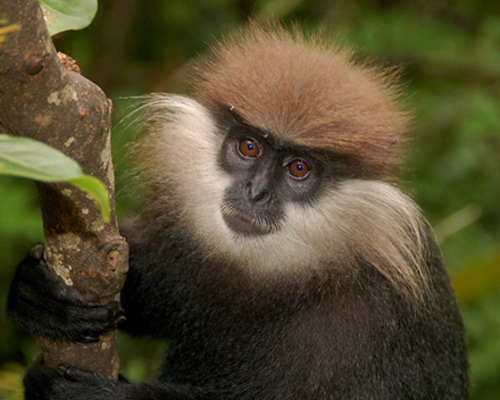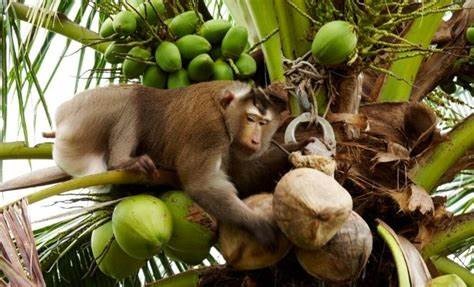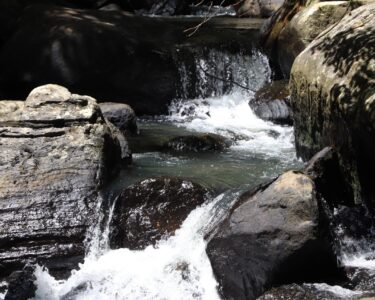Sri Lanka Prepares for First-Ever Monkey Census Amidst Coconut Crisis
The lush coconut plantations of Sri Lanka have long been a symbol of abundance, but in recent years, farmers have faced an unexpected adversary—the country’s monkey population. With millions of coconuts lost to these intelligent and resourceful primates in 2024 alone, the government has announced its first-ever island-wide monkey census, set to take place on either February 15 or February 22. The initiative, led by the Coconut Cultivation Board, aims to assess the scale of the problem and implement measures to mitigate the impact on the nation’s economy.
A Trio of Mischief

Sri Lanka is home to three distinct species of monkeys, each contributing in different ways to the crisis. The Toque Macaque (Macaca sinica), an endemic species, is often seen leaping between palm trees, skillfully plucking young coconuts before they have a chance to mature. These small, brown-furred monkeys are notorious for their adaptability, thriving in both forests and urban landscapes, often raiding farmlands in search of food.

The Purple-Faced Langur (Semnopithecus vetulus), another endemic species, is more elusive but has been increasingly spotted in coconut estates bordering forested areas. Unlike the macaques, these long-limbed, dark-furred monkeys prefer a diet rich in leaves, but their occasional forays into coconut farms have still led to significant crop losses.

Meanwhile, the Gray Langur (Semnopithecus priam thersites), a subspecies of the Northern Plains Gray Langur, roams the dry-zone plantations in troops, their piercing eyes scanning for easy meals. Their large size and agility make them particularly troublesome for coconut farmers, as they strip entire trees in a matter of hours.
A Nationwide Effort
Recognizing the need for urgent action, the Ministry of Plantation Industries, the Ministry of Environment, the Ministry of Agriculture, and even the Sri Lanka Police Department have joined forces to ensure the census is conducted with precision. Teams of researchers, forest rangers, and agricultural officers will be dispatched across all districts to count and map monkey populations, identifying high-risk zones where coconut losses are most severe.
Dr. Sunimal Jayakody, Chairman of the Coconut Cultivation Board, emphasized the significance of this effort. “Without accurate data, it is impossible to develop effective strategies. This census will give us the foundation to create sustainable solutions—whether through habitat conservation, controlled population management, or alternative farming methods.”
A Balancing Act
While the census is expected to provide valuable insights, conservationists caution against drastic measures. Sri Lanka’s monkeys are an integral part of the island’s biodiversity, playing key roles in seed dispersal and forest regeneration. Any long-term plan will need to balance economic concerns with ecological responsibility, ensuring that solutions are both effective and ethical.
As the countdown to the census begins, farmers, scientists, and policymakers alike await the findings, hoping for a breakthrough that will protect both Sri Lanka’s coconut industry and its rich wildlife heritage.







